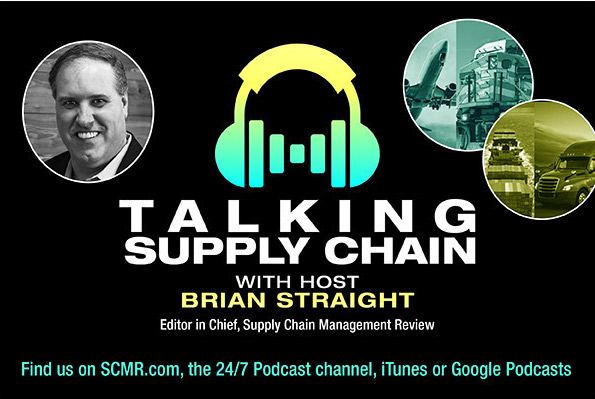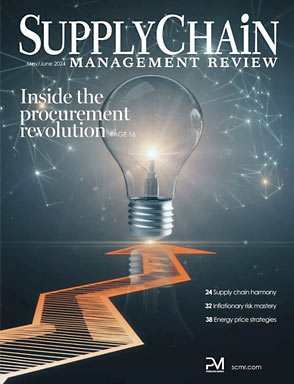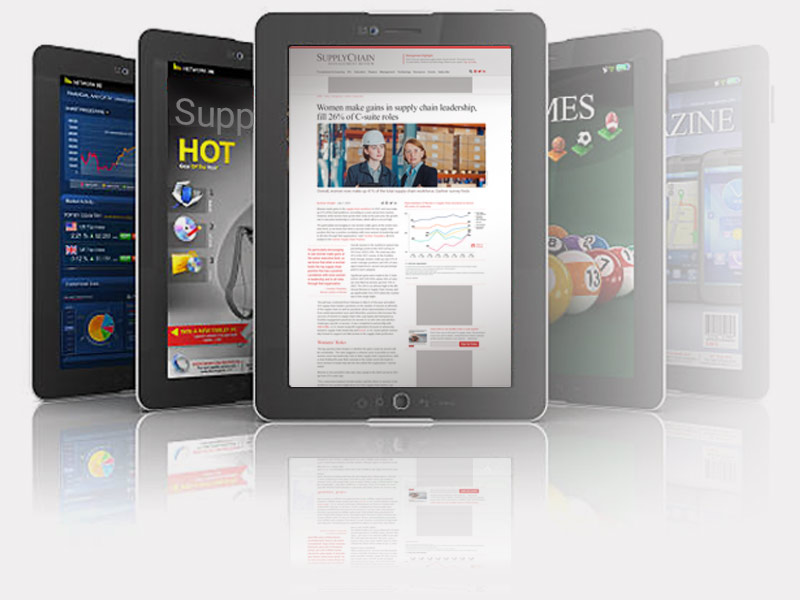The electronics supply chain is at a crossroads. Amid shifting trade policies, the push for reshoring, and rapid technological advancements, companies are grappling with unprecedented levels of uncertainty. Richard Barnett, chief marketing officer of SupplyFrame, says that despite the uncertainty, businesses can navigate the current landscape, but it requires some additional due diligence.
The weight of uncertainty
“Uncertainty is the biggest challenge,” Barnett tells Supply Chain Management Review. “We need to get to a new level of certainty and that will allow the rules of the game to define what additional actions can be taken.”
This sentiment echoes findings from a recent survey by the Reshoring Institute, where executives indicated that their capital investments and hiring are mostly frozen until the tariffs and economic outlook stabilize.
Tariffs: A double-edged sword
Tariffs have become a significant factor influencing supply chain decisions. Barnett notes that companies are conducting daily scenario planning but are hesitant to make substantial moves without clear policy direction. “I can live with 145% tariffs in China. I just need certainty,” he quotes a CFO as saying.
Recent developments, such as the U.S.-China agreement to reduce tariffs, offer some relief. Under the deal, U.S. tariffs on Chinese imports dropped from 145% to 30%, while China cut its own tariffs on American goods from 125% to 10%. However, the long-term implications remain uncertain.
Reshoring and CapEx challenges
The trend toward reshoring has accelerated, but it’s not without challenges. “They have to rethink what they just committed to CapEx or key supplier development programs… and that’s painful,” Barnett explains.
The Reshoring Institute’s survey supports this, highlighting that many executives are in a holding pattern, awaiting more clarity before proceeding with significant investments.
Automation: Promise and paradox
Automation is often touted as the solution to supply chain disruptions. However, Barnett points out that just because a factory may open doesn’t mean it is bringing jobs.
“This isn’t putting a factory up and 10,000 people are going to be working there,” he says, noting that new facilities are often highly automated. However, the integration of automation requires not just technology but also a skilled workforce, which is currently in short supply, to make that factory work, he notes. It may not be the traditional manufacturing jobs, but opportunity for increased employment is there with new facilities.
Electronics supply chain under pressure
The electronics industry faces unique challenges, from semiconductors to even the tiniest part, many of which are not produced in the U.S. and could derail manufacturing.
“The gotchas are the things that are less than a penny … You get a shortage… and that can absolutely delete an entire launch,” Barnett warns. Small components like ceramic capacitors can halt entire production lines if not adequately sourced.
Barnett emphasizes the importance of integrating supply chain considerations into the design phase.
“The root cause of resilience is designing for supply chain,” he asserts. By aligning engineering, procurement, and supply chain teams with real-time data, companies can mitigate risks and build more robust systems.
Navigating the complexities of tariffs, reshoring, and automation requires a strategic approach centered on certainty and resilience, Barnett says.
SC
MR

More Electronics Supply Chain
 Explore
Explore
Topics
Procurement & Sourcing News
- C.H. Robinson rolls out AI agent to address LTL classification overhaul
- Danone latest to announce new US investment
- Uber Freight’s Val Marchevsky to deliver Keynote at NextGen Supply Chain Conference
- Unlocking the green grid: Innovations for eco-friendly last mile
- Dealing with supply chain complexities with scenario intelligence
- Securing critical minerals during a global trade war
- More Procurement & Sourcing
Latest Procurement & Sourcing Resources

Subscribe

Supply Chain Management Review delivers the best industry content.

Editors’ Picks




